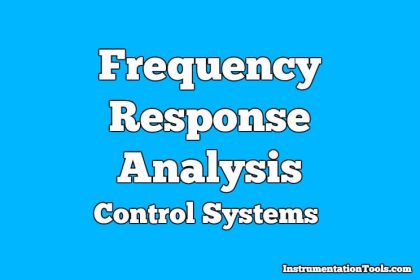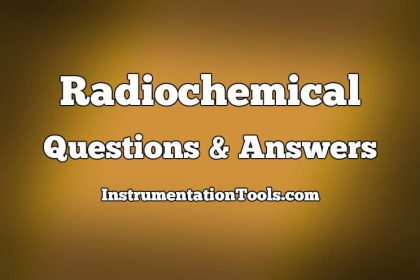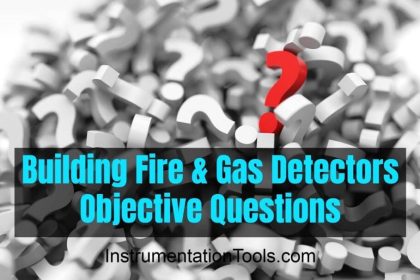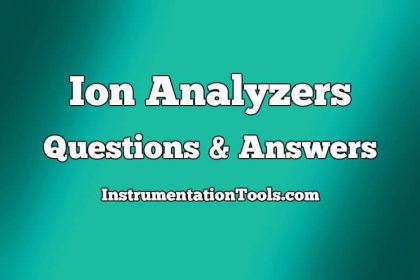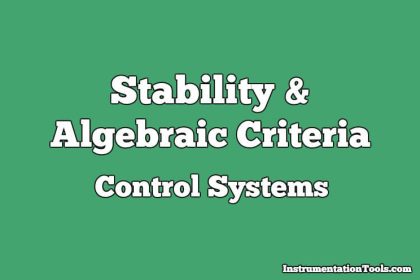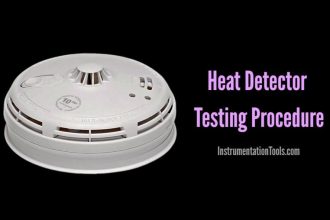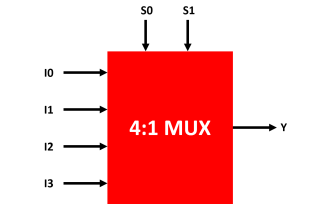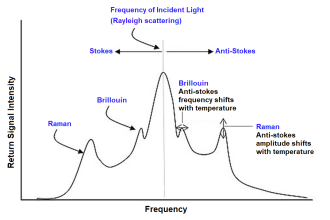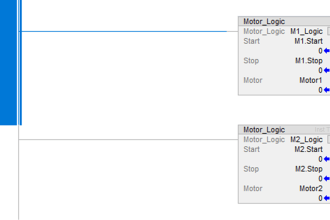Concepts of State, State Variables & State Model
1. The transfer function for the state representation of the continuous time LTI system: dq(t)/dt=Aq(t)+Bx(t) Y(t)=Cq(t)+Dx(t) is given by:
a) C(sI-A)-1B+D
b) B(sI-A)-1B+D
c) C(sI-A)-1B+A
d) D(sI-A)-1B+C
Answer: a
Explanation: Transfer function which is ratio of Laplace output to the Laplace input when the initial conditions are zero and is calculated by using both the equations.
2. System transformation on function H(z) for a discrete time LTI system expressed in state variable form with zero initial condition
a) C(zI-A)-1B+D
b) C(zI-A)-1
c) (zI-A)-1z
d) (zI-A)-1
Answer: a
Explanation: Transfer function which is ratio of Laplace output to the Laplace input when the initial conditions are zero in discrete is same as continuous but in the z-domain.
3. State space analysis is applicable for non-linear systems and for multiple input and output systems.
a) True
b) False
Answer: a
Explanation: State space analysis is the technique that used state variables and state model for the analysis and is applicable for non-linear systems and for multiple input and output systems.
4. Assertion (A): Transfer function approach has limitation that it reveals only the system output for a input and provides no information regarding the internal state of the system.
Reason (R): There may be situations where the output of a system is stable and yet some of the system elements may have a tendency to exceed their specified ratings.
a) Both A and R are true and R is correct explanation of A
b) Both A and R are true but R is not correct explanation of A
c) A is true but R is False
d) A is False but R is True
Answer: a
Explanation: Transfer function approach has limitation over state variable analysis and for that it reveals only the system output for a input and provides no information regarding the internal state of the system.
5. When human being tries to approach an object, his brain acts as,
a) An error measuring device
b) A controller
c) An actuator
d) An amplifier
Answer: b
Explanation: Brain of human being acts as a controller in the human body system as human body is the control system and when human tries to approach an object the brain of the human acts as controller.
6. For two-phase AC servomotor, if the rotor’s resistance and reactance are respectively R and X, its length and diameter are respectively L and D then,
a) X/R and L/D are both small
b) X/R is large but L/D is small
c) X/R is small but L/D is large
d) X/R and L/D are both large
Answer: c
Explanation: Small X/R gives linear speed torque characteristic. Large L/D gives less inertia and good acceleration characteristic.
7. Consider the following statements relating to synchro’s:
1. The rotor of the control transformer is either disc shaped
2. The rotor of the transmitter is so constructed as to have a low magnetic reluctance
3. Transmitter and control transformer pair is used as an error detector
Which of these statements are correct?
a) 1,2 and3
b) 1 and 2
c) 2 and3
d) 1 and 3
Answer: c
Explanation: Rotor of control transformer is rotatory part of the transformer and is made cylindrical in shape so that air gap is practically uniform.
8. Error detector:
a) Armature controlled FHP DC motor
b) A pair of synchronous transmitter and control transformer
c) Tach generator
d) Amplidyne
Answer: a
Explanation: Error detector is the part in the armature controlled FHP DC motor where error detector is the first element that compares the final output with desired output and gives the accurate results.
9. Servomotor:
a) Armature controlled FHP DC motor
b) A pair of synchronous transmitter and control transformer
c) Tach generator
d) Amplidyne
Answer: b
Explanation: Servomotor is a rotary actuator or linear actuator that allows for precise control of angular or linear position, velocity and acceleration a pair of synchronous transmitter and control transformer.
10. Amplifier:
a) Armature controlled FHP DC motor
b) A pair of synchronous transmitter and control transformer
c) Tach generator
d) Amplidyne
Answer: d
Explanation: Amplifier is an amplidyne which is an amplidyne is an electromechanical amplifier invented during World War II by Ernst Alexanderson. It consists of an electric motor driving a DC generator.
